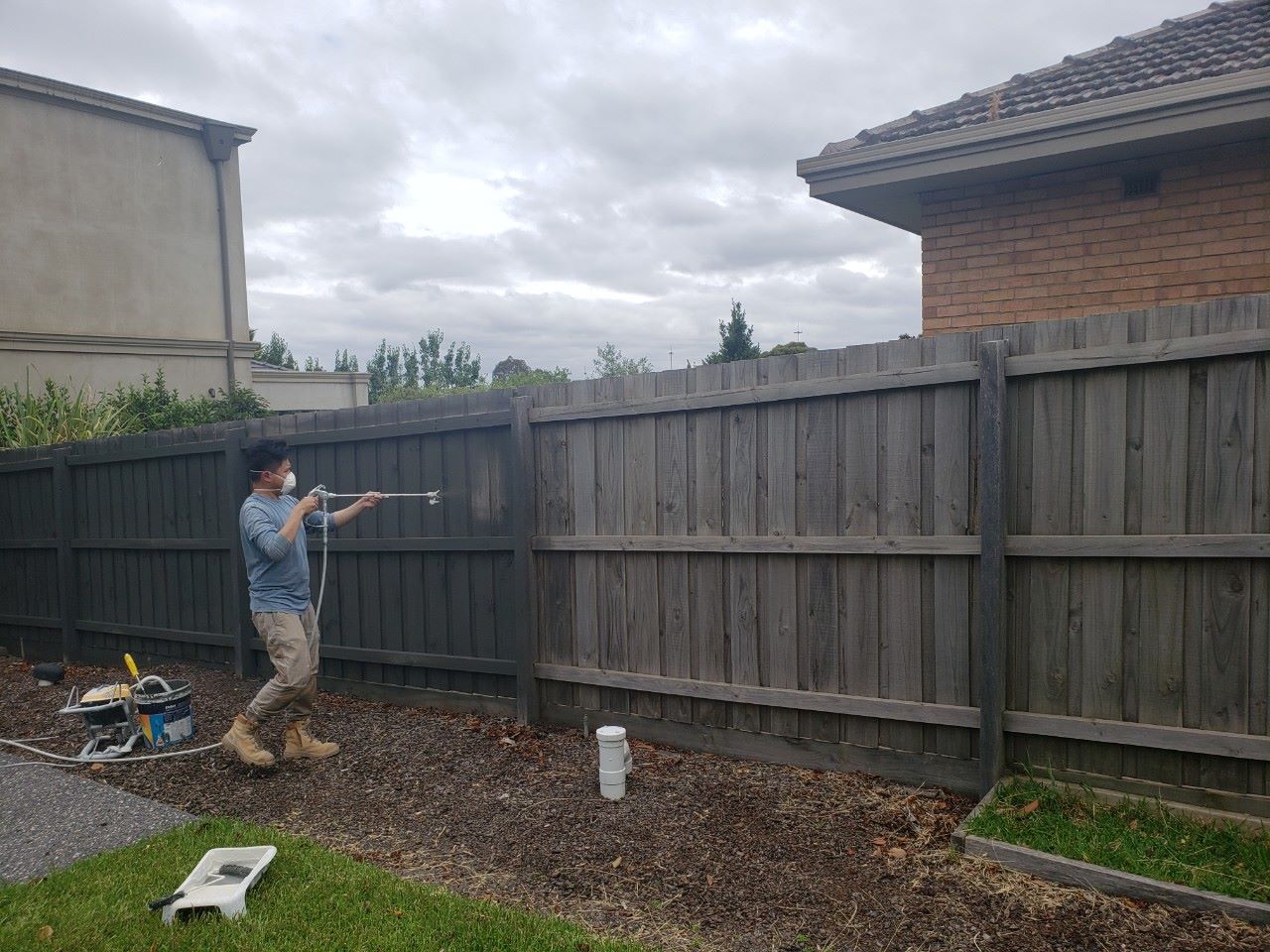

Articles
Factors To Consider When Painting A Fence
Modified: October 19, 2024
Discover the perfect shade for your fence with our insightful articles on choosing the right color that will complement your outdoor space.
(Many of the links in this article redirect to a specific reviewed product. Your purchase of these products through affiliate links helps to generate commission for Storables.com, at no extra cost. Learn more)
Introduction
When it comes to enhancing the exterior of your home, one element that often gets overlooked is the humble fence. While fences serve practical purposes like providing security and privacy, they can also be a design feature that adds aesthetic value to your property. One way to elevate the look of your fence is by choosing the right color.
Painting your fence is an excellent way to freshen up its appearance and breathe new life into your outdoor space. With a wide range of paint colors available, you have the freedom to get creative and select a shade that complements your home’s style and enhances its curb appeal.
However, deciding on the ideal color for your fence can be a daunting task. There are several factors to consider, from matching with exterior elements to creating visual impact and blending with the surrounding landscape. In this article, we will discuss these factors and provide some tips to help you choose the perfect fence color.
So, whether you want to create a beautiful backdrop for your garden or make a bold statement with your fence, let’s dive into the world of fence painting and explore the factors you should consider when choosing a color.
Key Takeaways:
- Elevate your home’s curb appeal by choosing a fence color that complements the exterior elements, enhances the house style, and creates visual impact. Consider the landscape and light conditions for a harmonious and vibrant outdoor space.
- When painting your fence, consider popular colors like classic white, elegant gray, natural wood stain, earthy tones, timeless black, bold blues, and refreshing greens. Prioritize quality, weather resistance, and regular maintenance to ensure long-lasting vibrancy and durability.
Read more: Factors To Consider When Choosing Silverware
Factors to Consider
When it comes to choosing the right color for your fence, there are a few key factors to consider. By taking these factors into account, you can ensure that your fence color not only looks great but also complements the overall aesthetic of your property. Let’s delve into these factors:
- Matching with Exterior Elements: Your fence color should harmonize with the other exterior elements of your home, such as the siding, trim, and roof. Consider the existing color palette of your house and choose a fence color that complements or matches those colors.
- Enhancing Curb Appeal: Your fence plays a significant role in creating the first impression of your property. To boost curb appeal, opt for a fence color that adds visual interest and makes your home stand out. A well-painted fence can make a big difference in how your property looks from the street.
- Complementing House Style: Consider the architectural style of your home when choosing a fence color. Certain colors may be more suitable for modern or contemporary homes, while others may work better with traditional or rustic-style houses. Make sure the color you select enhances the overall style and character of your home.
- Creating Visual Impact: If you want your fence to be a focal point in your outdoor space, consider opting for a bold or contrasting color. This can create a dramatic visual impact and draw attention to the fence, making it a standout feature of your property.
- Considering the Landscape: Take into account the surrounding landscape when choosing a fence color. If you have lush greenery, earthy tones like beige or green can blend in seamlessly. On the other hand, if you have a desert landscape, lighter or neutral colors like sand or tan may complement the surroundings better.
- Evaluating Light Conditions: Consider how the natural light affects your fence color. Dark colors can absorb heat and may fade faster in areas with intense sunlight. Lighter colors, on the other hand, can make small spaces appear more open and airy. Take time to observe how the light interacts with your fence throughout the day before making a color choice.
By taking these factors into consideration, you can narrow down your options and choose a fence color that not only looks visually appealing but also complements the overall aesthetic of your property. Remember, there are no strict rules when it comes to fence colors, so feel free to get creative and select a color that best reflects your personal style and preferences.
Matching with Exterior Elements
One of the key factors to consider when choosing a color for your fence is how well it will match with the exterior elements of your home. The goal is to create a cohesive and harmonious look that ties everything together. Here are some tips to help you match your fence color with the other exterior elements:
- Consider the Color Palette: Take a look at the existing colors on the exterior of your home, including the siding, trim, roof, and any other prominent features. Identify the dominant colors and use them as a guide for choosing a fence color that complements or matches those hues. For example, if your home has earthy tones like beige or brown, a fence color in a similar shade can create a harmonious look.
- Contrast or Blend: Decide whether you want your fence color to contrast with the existing colors or blend in seamlessly. A contrasting color can create a bold and eye-catching look, while a blending color can create a more subtle and cohesive appearance. Experiment with different shades to find the right balance for your home’s exterior.
- Consider the Material: The material of your fence can also influence the color options. For example, if you have a wooden fence, you may want to choose a color that enhances the natural beauty of the wood. On the other hand, if you have a metal or vinyl fence, you have more flexibility in choosing a wider range of colors.
- Use a Color Wheel: If you’re unsure about which colors will match well, a color wheel can be a useful tool. It helps determine complementary or analogous colors that work harmoniously together. Complementary colors are opposite each other on the wheel and create a vibrant contrast, while analogous colors are next to each other and create a more harmonious blend.
- Think about the Mood: Consider the mood you want to create with your fence color. Cooler tones like blue or gray can create a calming and serene atmosphere, while warmer tones like red or orange can evoke a sense of energy and vibrancy. Think about the overall vibe you want to achieve and choose a color that aligns with that vision.
Remember, the goal is to create a cohesive look that ties all the exterior elements together. By considering the color palette, material, contrast, and mood, you can select a fence color that complements your home’s style and enhances its overall aesthetic appeal.
Enhancing Curb Appeal
When it comes to your home’s exterior, curb appeal is key. It’s the first impression people have of your property, and a well-painted fence can make a significant impact on its overall appeal. Here are some tips on how to enhance the curb appeal of your fence through color choice:
- Stand Out or Blend In: Consider whether you want your fence to stand out or blend in with the surrounding elements. If you want your fence to be a focal point, choose a color that contrasts with the color of your house or the landscape. This can create a visually striking effect and draw attention to your property. On the other hand, if you prefer a more subtle look, opt for a fence color that blends harmoniously with the surroundings, complementing the overall aesthetic.
- Coordinate with the House: Take into account the color scheme of your house when choosing a fence color. Coordinating the fence color with the color of your house can create a cohesive and unified look. For example, if your house has warm-toned siding, consider selecting a fence color that complements those warm tones.
- Consider the Neighborhood: While it’s important for your fence to stand out, it should also be in harmony with the overall look and feel of your neighborhood. Take a walk around your neighborhood and observe the predominant fence colors. You can choose a color that complements the neighborhood aesthetic while still allowing your fence to make its own statement.
- Use Color Psychology: Colors have psychological effects, and choosing the right color for your fence can evoke certain emotions and create a specific mood. For example, blue can create a sense of calm and relaxation, while green can evoke a feeling of harmony and balance. Consider the vibe you want to create and choose a color that aligns with that vision.
- Consider the Seasonal Changes: Keep in mind that the appearance of your fence can change with the seasons. If you live in an area with distinct seasons, think about how the color of your fence will look in different weather conditions and throughout the year. For instance, a bright and vibrant color might be perfect for the summer, but it might clash with the muted colors of the fall or winter.
Remember, the goal is to enhance the curb appeal of your home. By considering whether you want your fence to stand out or blend in, coordinating with the house, considering the neighborhood, utilizing color psychology, and thinking about seasonal changes, you can choose a fence color that will add beauty and charm to your property, making it a standout in the neighborhood.
Complementing House Style
When it comes to choosing a color for your fence, it’s essential to consider the architectural style of your home. A fence can either enhance or detract from the overall aesthetic of your property, depending on how well it complements the house style. Here are some tips to help you choose a fence color that harmonizes with your home:
- Research Home Styles: Take the time to research and understand the architectural style of your home. Different styles have their own distinct color palettes and design elements. Familiarize yourself with the characteristic features and color schemes associated with your home style so that you can choose a fence color that complements the overall design.
- Match the Era: Consider the era in which your home was built. If you have a historic or vintage-style home, you may want to opt for fence colors that were commonly used during that era. On the other hand, if you have a contemporary or modern-style home, you have more flexibility to choose from a wider range of colors.
- Harmonize with Materials: Pay attention to the materials used in the construction of your home and choose a fence color that harmonizes with those materials. For example, if you have a brick house, earthy tones like brown or beige can complement the warm hues of the brick. If you have a stucco or a vinyl-sided house, you have more freedom to explore a variety of color options.
- Consider Contrast: While harmonizing with your home’s style is important, you can also play with contrast to create visual interest. For example, if you have a traditional-style home with a neutral color scheme, choosing a fence color in a slightly darker or lighter shade can create a striking contrast.
- Think about Trim and Accents: Pay attention to the color of your home’s trim and accents such as doors, windows, and shutters. These elements can guide you in choosing a fence color that complements and accentuates those features. Consider whether you want the fence color to harmonize or contrast with the trim and accents.
Remember, the goal is to create a cohesive and harmonious look between your fence and the architectural style of your home. By researching home styles, matching the era, harmonizing with materials, considering contrast, and thinking about trim and accents, you can choose a fence color that adds to the overall aesthetic appeal of your property, enhancing its style and character.
Creating Visual Impact
One of the purposes of painting your fence is to create visual impact and make a statement in your outdoor space. By choosing the right color, you can transform your fence into a standout feature that catches the eye and enhances the overall aesthetic appeal of your property. Here are some tips on how to create visual impact with your fence color:
- Consider Bold Colors: If you want your fence to really stand out, consider choosing a bold and vibrant color. Colors like red, blue, yellow, or even a bold black can add a striking contrast to your outdoor space and create an eye-catching focal point.
- Contrasting Colors: Another way to create visual impact is by choosing a fence color that contrasts with the colors of your house or the surroundings. For example, if you have a light-colored house, a fence in a darker shade can create a dramatic contrast and add depth and dimension to the overall look.
- Use Accent Colors: Painting certain sections or details of your fence in an accent color can create visual interest and draw attention. For example, you can paint the fence posts or pickets in a different color than the main fence panels, or you can add decorative patterns or designs using accent colors.
- Consider Texture: If your fence has a textured surface, such as a wooden fence with grain patterns, think about how the color choice can enhance that texture. A stain or paint color that accentuates the natural wood grain can create a visually appealing effect and add depth to the overall look.
- Experiment with Patterns: If you’re feeling more adventurous, consider painting your fence in a pattern or using multiple colors. Horizontal stripes, geometric shapes, or even a gradient effect can create a unique and visually striking fence design.
Remember, the key to creating visual impact is to think outside the box and be willing to take risks with your fence color. By considering bold colors, contrasting shades, accent colors, texture enhancement, and patterns, you can transform your fence into a visually stunning feature that adds personality and character to your outdoor space.
When choosing a color to paint your fence, consider the overall aesthetic of your outdoor space. Lighter colors can make a small yard feel more open, while darker colors can create a sense of coziness and privacy. Additionally, consider the colors of your house and landscaping to ensure the fence complements the existing elements of your outdoor space.
Considering Landscape
When choosing a color for your fence, it’s important to take into consideration the surrounding landscape. A fence is not just a standalone element but an integral part of your outdoor space that should harmonize with its natural surroundings. Here are some tips on how to choose a fence color that considers the landscape:
- Observe the Natural Colors: Take a look at the colors present in your landscape, such as the grass, trees, flowers, and other plants. Do you have lush greenery or a desert landscape with earthy tones? Consider these natural colors and choose a fence color that complements and blends well with the surroundings.
- Blend or Contrast: Decide whether you want your fence to blend in seamlessly with the landscape or stand out as a contrasting feature. If you have a lot of greenery, a fence color in a similar shade can create a harmonious look. On the other hand, if you have a more barren landscape, a fence color that contrasts with the surroundings can add visual interest.
- Consider Seasons: Think about how the colors of your fence will change throughout the seasons. If you have deciduous trees that change color in the fall, consider how the fence color will complement or accentuate those warm autumn hues. Similarly, if you have flowering plants that bloom in specific colors, take those colors into account when choosing a fence color.
- Enhance the Focal Points: Look for any focal points in your landscape, such as a beautiful garden, a pond, or a stunning view. Consider how your fence color can enhance these focal points by either blending in or providing a contrasting background that makes them stand out even more.
- Harmonize with Surrounding Structures: Take into account any structures or features in your landscape, such as a patio, deck, or an outdoor seating area. Choose a fence color that harmonizes with these structures, creating a unified and cohesive look for your outdoor space.
By considering the landscape, you can choose a fence color that complements the natural surroundings and creates a harmonious and balanced look. Whether you decide to blend in or contrast with the landscape, the goal is to create a fence color that enhances the overall beauty of your outdoor space and creates a seamless connection between your fence and its natural surroundings.
Evaluating Light Conditions
The lighting conditions in your outdoor space can greatly impact how your fence color appears. It’s important to consider these light conditions when choosing the right color for your fence. Here are some tips to help you evaluate the light conditions and make an informed decision:
- Observe Natural Light: Spend some time in your outdoor area at different times of the day to observe how the natural light affects the colors in your space. Notice how the light changes from morning to afternoon and evening. This will give you a sense of how your fence color will look in varying lighting conditions.
- Consider Sunlight Intensity: Take into account the intensity of sunlight in your area. If your fence is exposed to strong sunlight throughout the day, choose a color that can withstand sun fading. Darker colors tend to absorb more heat and may fade faster, while lighter colors can reflect sunlight and remain more vibrant.
- Effects of Shade: If your fence is partly shaded by trees or nearby structures, consider how these shaded areas will affect the appearance of your fence color. The shade can cast different tones and create subtle variations in the color. Take this into consideration when choosing a color to ensure that it still looks appealing even in the shaded areas.
- Consider Artificial Lighting: Think about the impact of artificial lighting in your outdoor space. If you have outdoor lighting fixtures that illuminate your fence in the evening, consider how the color of your fence will look under these lights. Some colors may appear differently under artificial lighting compared to natural light.
- Reflectivity: Keep in mind that the color of your fence can affect the reflective properties of light in your outdoor space. Lighter colors tend to reflect more light, creating a brighter and more open feel, while darker colors absorb light and may create a more intimate or cozy ambiance.
By evaluating the light conditions in your outdoor space, you can choose a fence color that will look its best throughout the day. Consider how natural sunlight, shade, artificial lighting, the intensity of the light, and the reflectivity of the color will affect the appearance of your fence. This will help you make an informed decision and select a color that will enhance the overall beauty and atmosphere of your outdoor space.
Choosing a Color Scheme
Choosing the right color scheme for your fence is crucial in creating a cohesive and visually appealing look for your outdoor space. Here are some tips to help you choose a color scheme that will enhance the overall aesthetic of your fence:
- Consider Existing Colors: Take into account the existing colors in your outdoor space, such as the color of your house, landscape elements, and other outdoor features. Choose a fence color that works well with these existing colors. You can either select a color that complements and blends with the existing colors or choose a contrasting color for a bold and striking look.
- Color Harmonies: Explore color harmonies to create a balanced and visually pleasing color scheme. Some popular color harmonies include complementary colors (opposite each other on the color wheel), analogous colors (next to each other on the color wheel), and triadic colors (equally spaced on the color wheel). These harmonies can help guide you in selecting colors for your fence that work harmoniously together.
- Monochromatic Palette: If you prefer a more subtle and cohesive look, consider a monochromatic color scheme. This involves choosing different shades and tones of a single color. For example, if you choose a light blue color for your fence, you can select different shades of blue for different sections or accents.
- Nature-Inspired Colors: Look to nature for inspiration when choosing a color scheme. Natural color palettes, such as earth tones, greens, and blues, can create a soothing and harmonious look for your fence. Consider the colors found in your local environment, such as the colors of the surrounding landscape, flowers, and plants, for a color scheme that blends seamlessly with the nature around you.
- Keep it Simple: Sometimes, simplicity is key. Consider a classic and timeless color scheme that will never go out of style. Neutral colors, including whites, grays, and beiges, can create an elegant and sophisticated look that complements any style of home or outdoor space.
When choosing a color scheme for your fence, keep in mind that it should complement the overall aesthetic of your outdoor space. Consider existing colors, explore color harmonies, think about a monochromatic palette, draw inspiration from nature, and don’t be afraid to keep it simple. By choosing the right color scheme, you can create a visually appealing and harmonious look for your fence that enhances the beauty of your outdoor space.
Popular Fence Paint Colors
When it comes to choosing a color for your fence, there are many popular options that can elevate the aesthetic appeal of your outdoor space. Here are some of the most popular fence paint colors:
- Classic White: White is timeless and versatile, making it a popular choice for fence paint. It creates a clean, fresh, and elegant look that complements any style of home. White fences can also make your outdoor space feel more open and spacious.
- Elegant Gray: Gray is a popular fence color that adds a touch of sophistication to any property. It works well with various architectural styles and blends seamlessly with the surroundings. Light gray can create a subtle and modern look, while dark gray can add depth and create a dramatic effect.
- Natural Wood Stain: For those who love the natural beauty of wood, a wood stain can be a great choice. It enhances the natural grain and texture of the wood while adding warmth and richness to your fence. Natural wood stain colors include cedar, mahogany, and walnut.
- Earthy Tones: Earthy tones like beige, tan, and brown are popular for fences, especially for those looking to create a harmonious and natural look. These colors blend well with the surrounding landscape and create a warm and inviting atmosphere.
- Timeless Black: Black fences have gained popularity in recent years for their modern and sophisticated look. A black fence can create a striking contrast against greenery or lighter-colored homes, making it a bold and eye-catching choice.
- Bold Blues: Blues, ranging from serene light blues to vibrant turquoise, can add a pop of color and create a calming and serene atmosphere in your outdoor space. Blue fences work well in coastal or beach-inspired settings and can complement homes with blue accents.
- Refreshing Greens: Green, ranging from light pastel greens to deep forest shades, can create a fresh and natural look for your fence. Green fences blend well with surrounding vegetation and can bring a sense of tranquility to your outdoor space.
These popular fence paint colors offer a range of options to suit different styles and preferences. Before making a decision, consider the overall look you want to achieve, the architectural style of your home, and the surrounding landscape. Ultimately, the right fence paint color is one that complements your personal taste and enhances the beauty of your outdoor space.
Maintenance and Durability
When choosing a color for your fence, it is important to consider the maintenance and durability of the paint. A well-maintained fence can enhance the overall appearance of your property and extend the lifespan of the fence. Here are some key points to consider regarding the maintenance and durability of fence paint:
- Quality Paint Materials: Invest in high-quality paint materials specifically designed for outdoor use. Good quality paint will adhere better to the surface, withstand weather conditions, and resist fading and chipping over time.
- Preparation and Application: Properly prepare the fence surface before painting to ensure better paint adhesion and durability. This may include cleaning and sanding the surface, fixing any damages or imperfections, and applying a primer if necessary. Follow the paint manufacturer’s instructions for application techniques and drying time.
- Consider Weather Resistance: Choose a fence paint that is specifically formulated to withstand the weather conditions in your area. If you live in an area with high heat, intense sunlight, or heavy rain, opt for paint that offers UV protection, moisture resistance, and durable coverage.
- Maintenance Requirements: Consider the maintenance requirements of the paint color you choose. Some colors may require more frequent touch-ups or cleaning to maintain their appearance. Lighter colors may show dirt and stains more easily, while darker colors may fade under intense sunlight. Be prepared to regularly inspect and maintain your fence to keep it looking fresh and vibrant.
- Longevity and Durability: Choose a paint color that is known for its longevity and durability. Look for paint products with added features like resistance to mold, mildew, and insect damage, as these can significantly prolong the life of your fence and reduce the need for frequent repainting.
- Regular Cleaning and Upkeep: Regularly clean your fence to remove dirt, debris, and environmental pollutants that can compromise the paint’s appearance and longevity. Follow proper cleaning methods recommended for your specific fence material and paint type.
Remember, proper maintenance and regular upkeep are essential to extend the lifespan of your fence paint. By choosing quality materials, preparing the surface properly, considering weather resistance, understanding maintenance requirements, and following a regular cleaning and upkeep routine, you can ensure that your fence paint maintains its vibrant color and durability for years to come.
Conclusion
Choosing the right color for your fence is an important decision that can significantly impact the overall look and feel of your outdoor space. By considering factors such as matching with exterior elements, enhancing curb appeal, complementing house style, creating visual impact, considering the landscape, evaluating light conditions, and choosing a color scheme, you can make an informed choice that complements your home’s architecture and reflects your personal style.
Whether you opt for classic white, elegant gray, natural wood stain, earthy tones, timeless black, bold blues, refreshing greens, or any other popular fence paint color, ensure that it suits your property’s aesthetic and harmonizes with the surrounding landscape. Additionally, be mindful of the maintenance and durability of the paint to ensure that your fence maintains its appearance and longevity over time.
Remember, your fence is more than just a functional element; it’s an opportunity to add charm, personality, and curb appeal to your property. Choose a color that speaks to you and enhances the beauty of your outdoor space.
So go ahead, unleash your creativity, and transform your fence from a simple boundary to a visual masterpiece that complements your home and creates a welcoming atmosphere for all who visit. Happy fence painting!
Now that you've learned about the nuances of painting a fence, why stop there? Extend your DIY skills to other areas of your home with our guide on refreshing your ceiling fan. This piece offers practical painting tips to transform an overlooked fixture into a statement piece. With straightforward advice, you'll tackle this project with confidence and creativity, ensuring every corner of your home reflects your unique style.
Frequently Asked Questions about Factors To Consider When Painting A Fence
Was this page helpful?
At Storables.com, we guarantee accurate and reliable information. Our content, validated by Expert Board Contributors, is crafted following stringent Editorial Policies. We're committed to providing you with well-researched, expert-backed insights for all your informational needs.

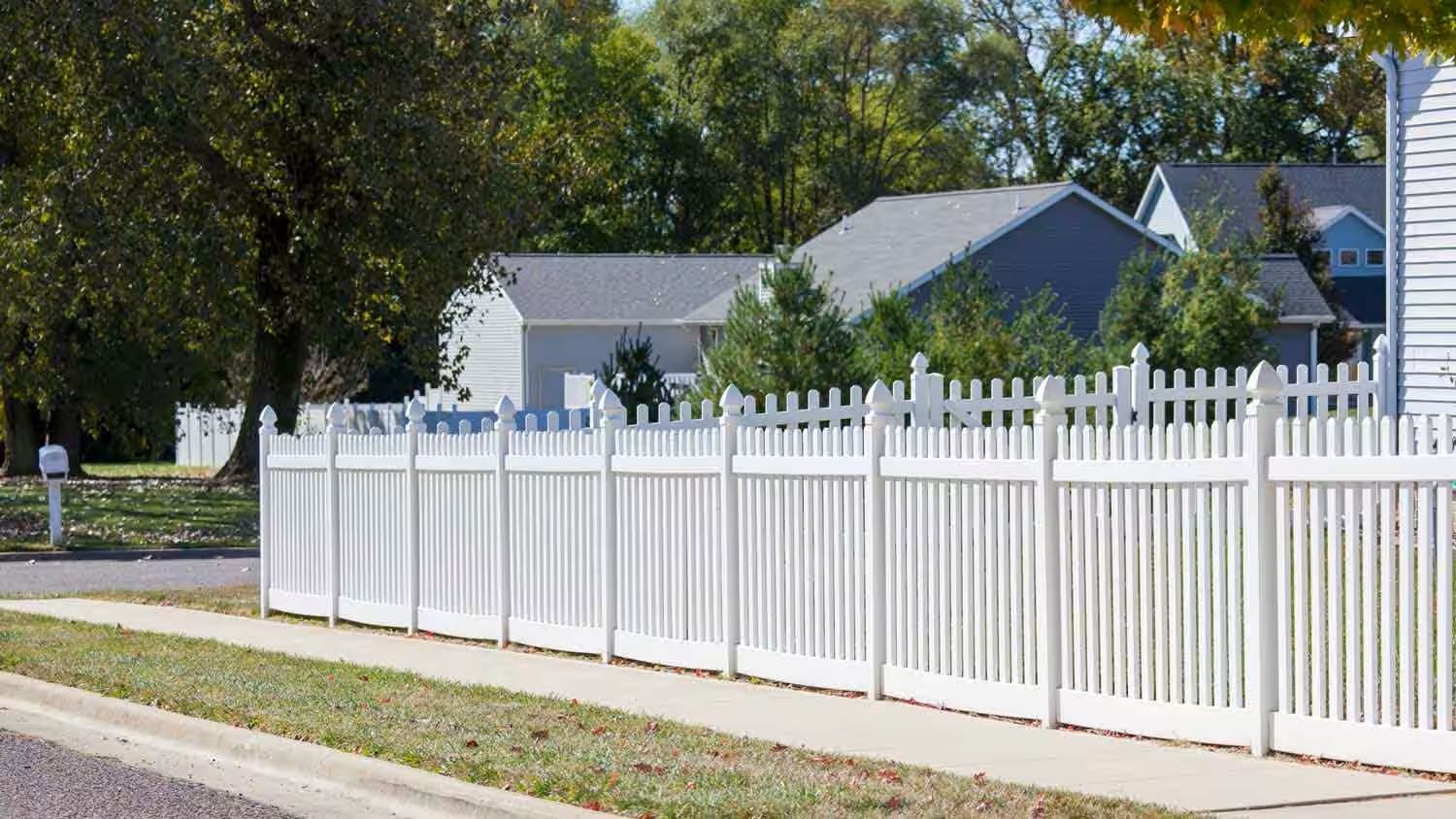

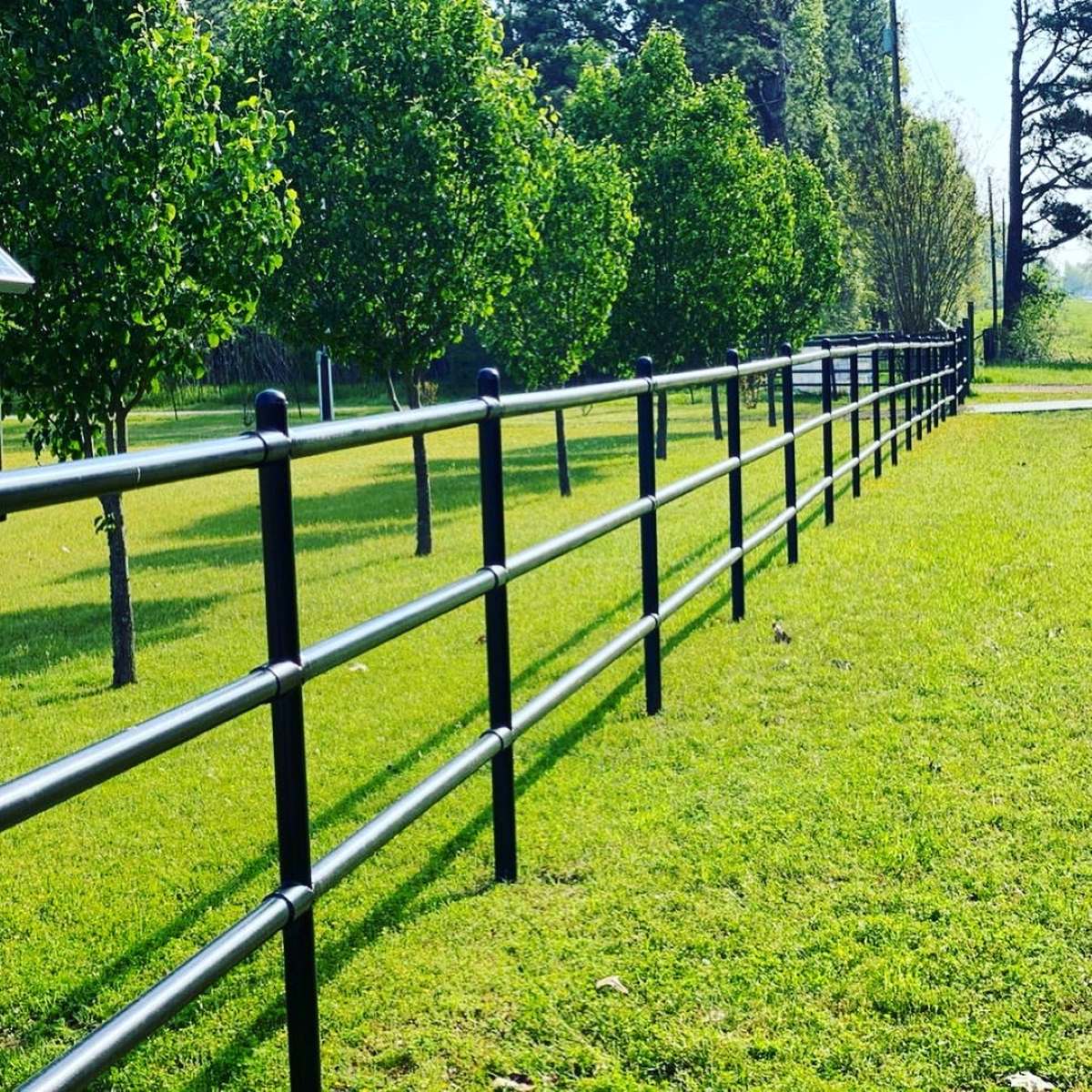
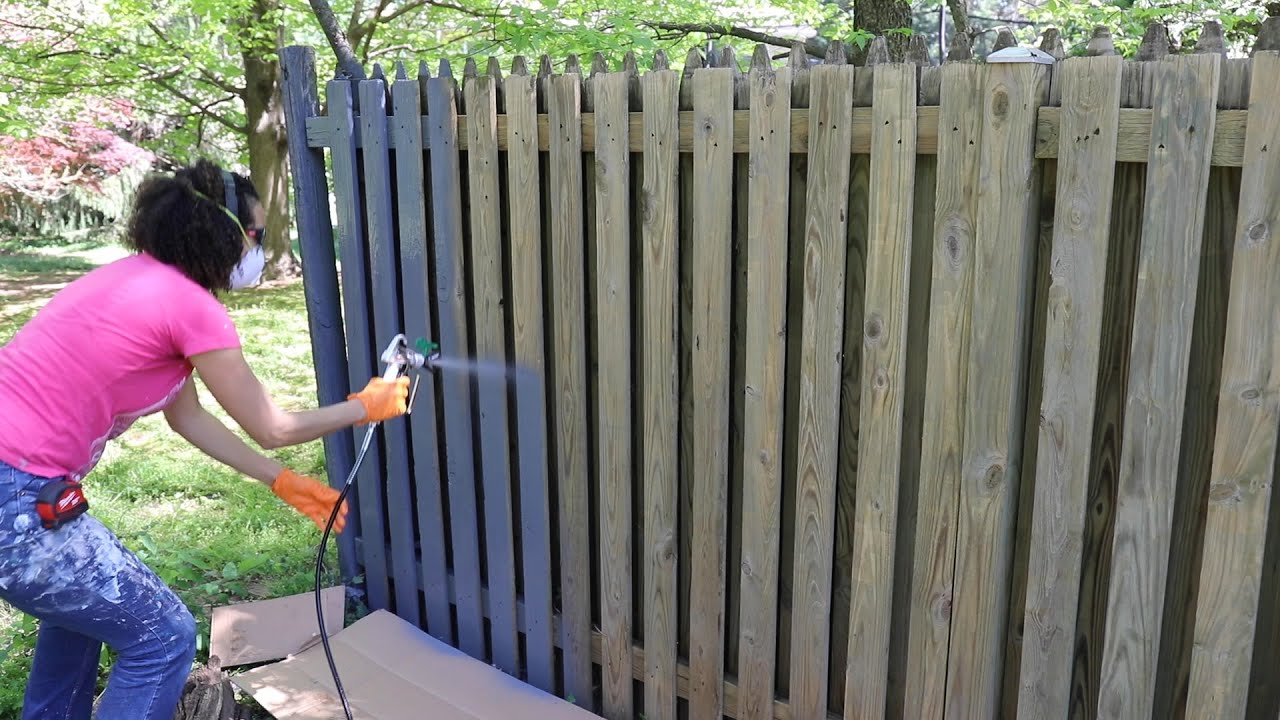
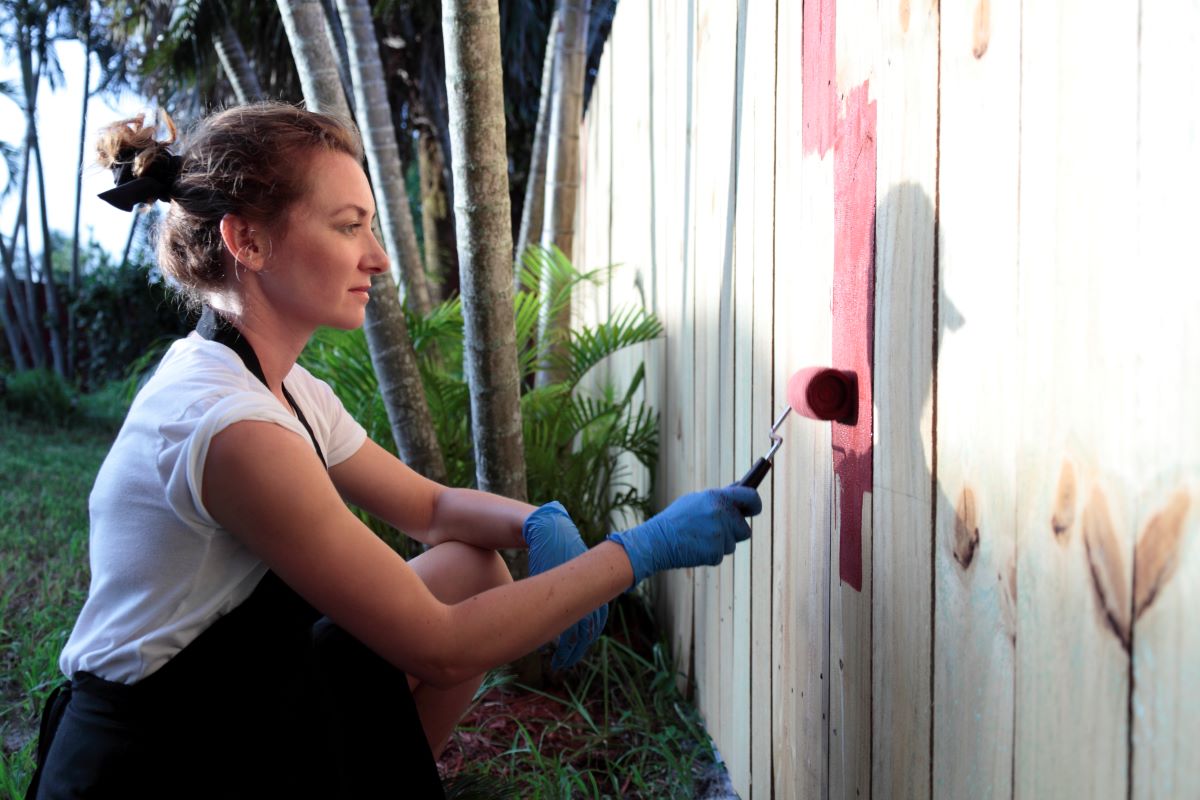
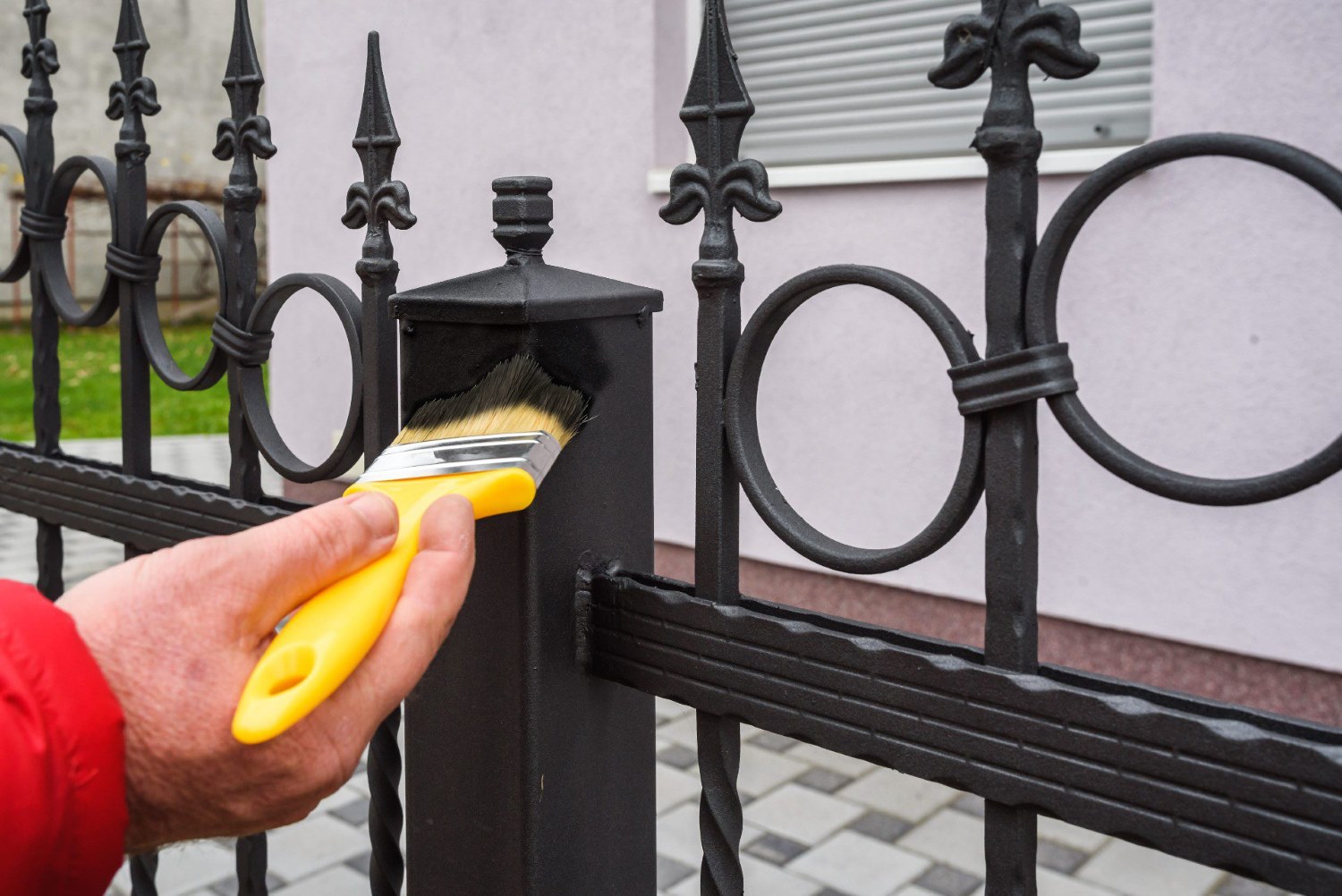
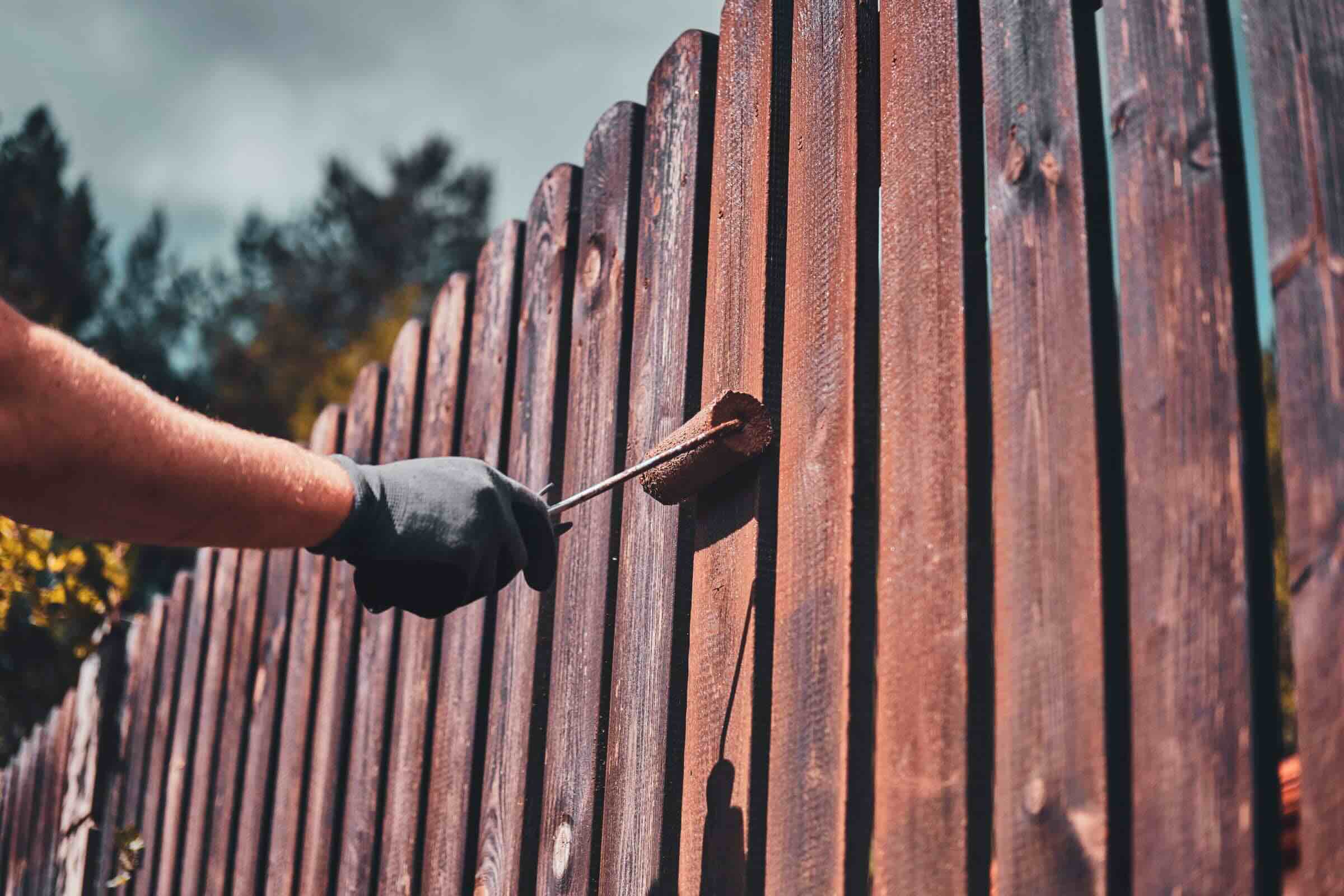
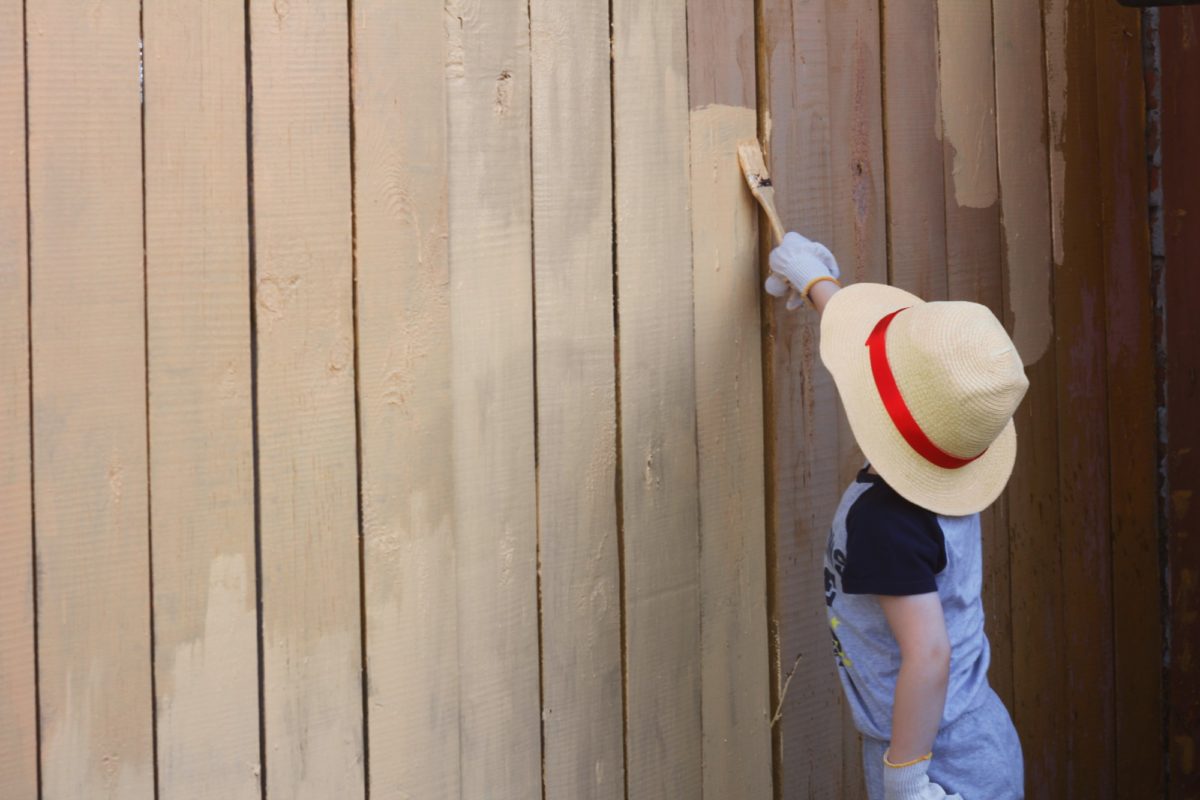

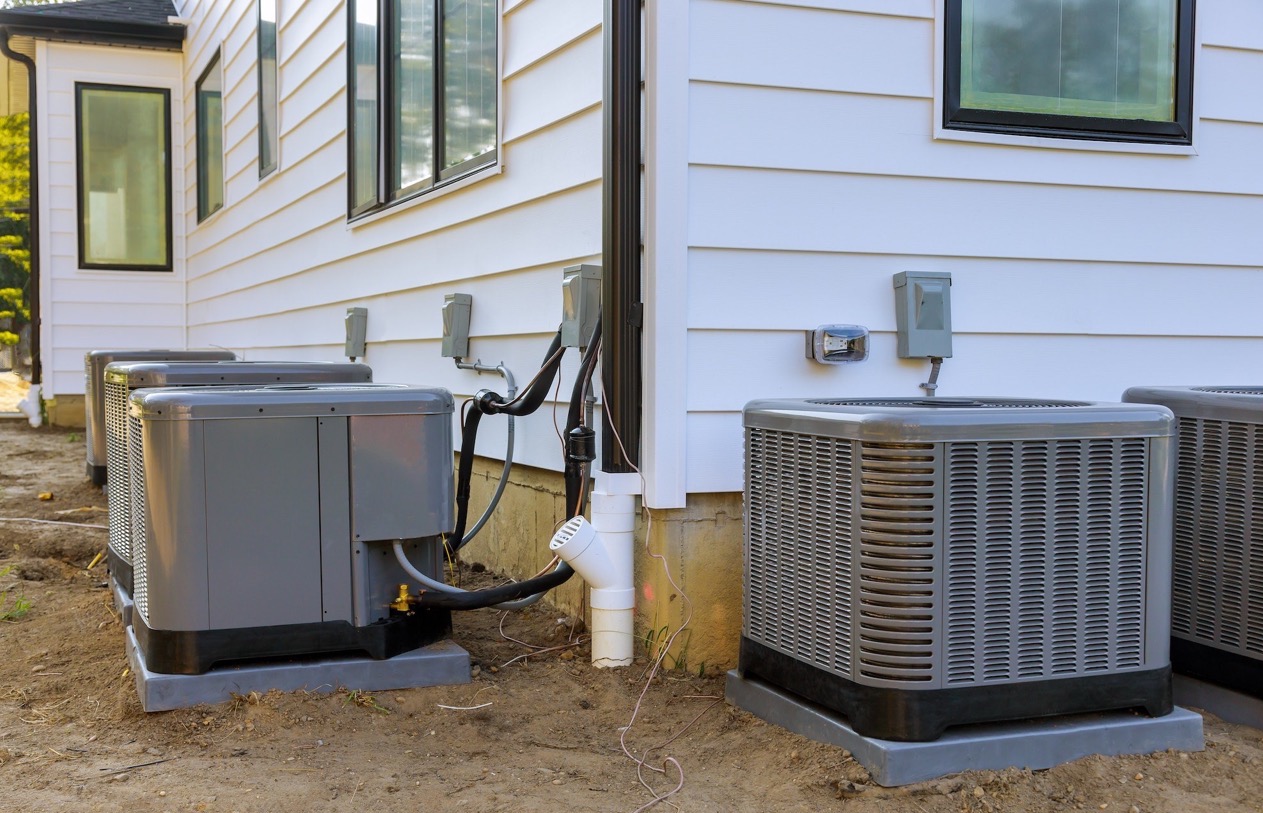

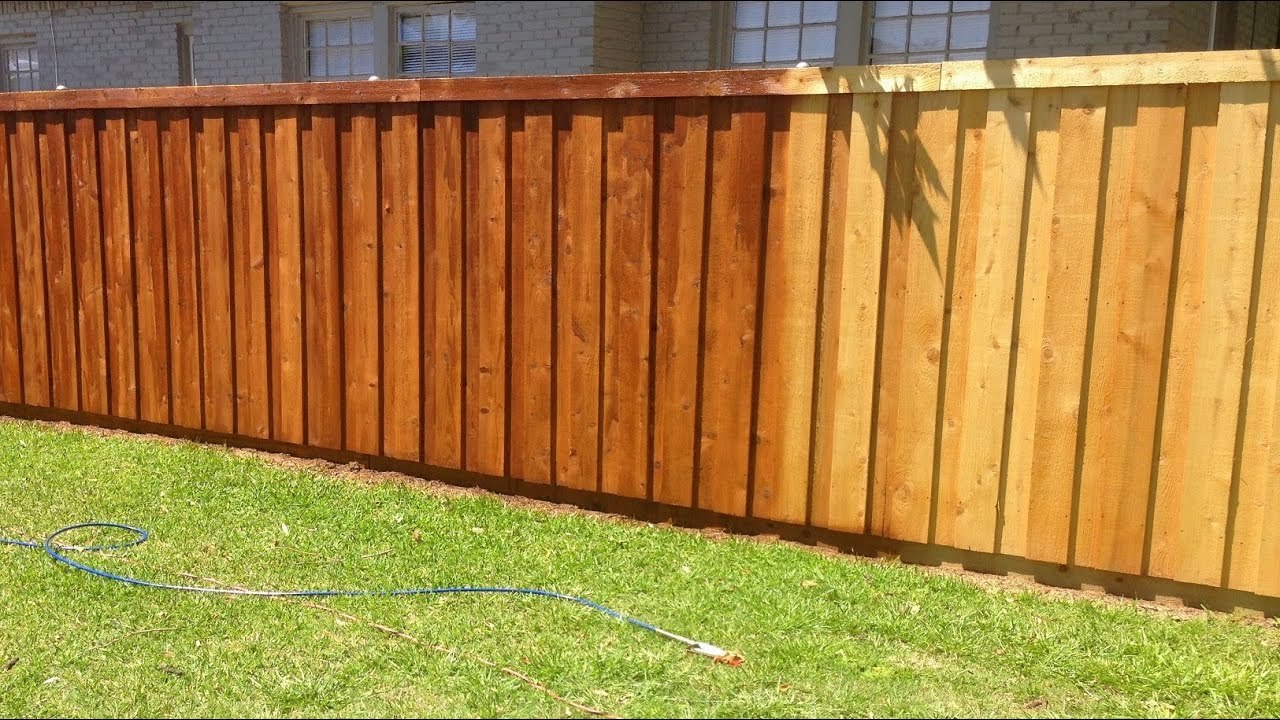

0 thoughts on “Factors To Consider When Painting A Fence”